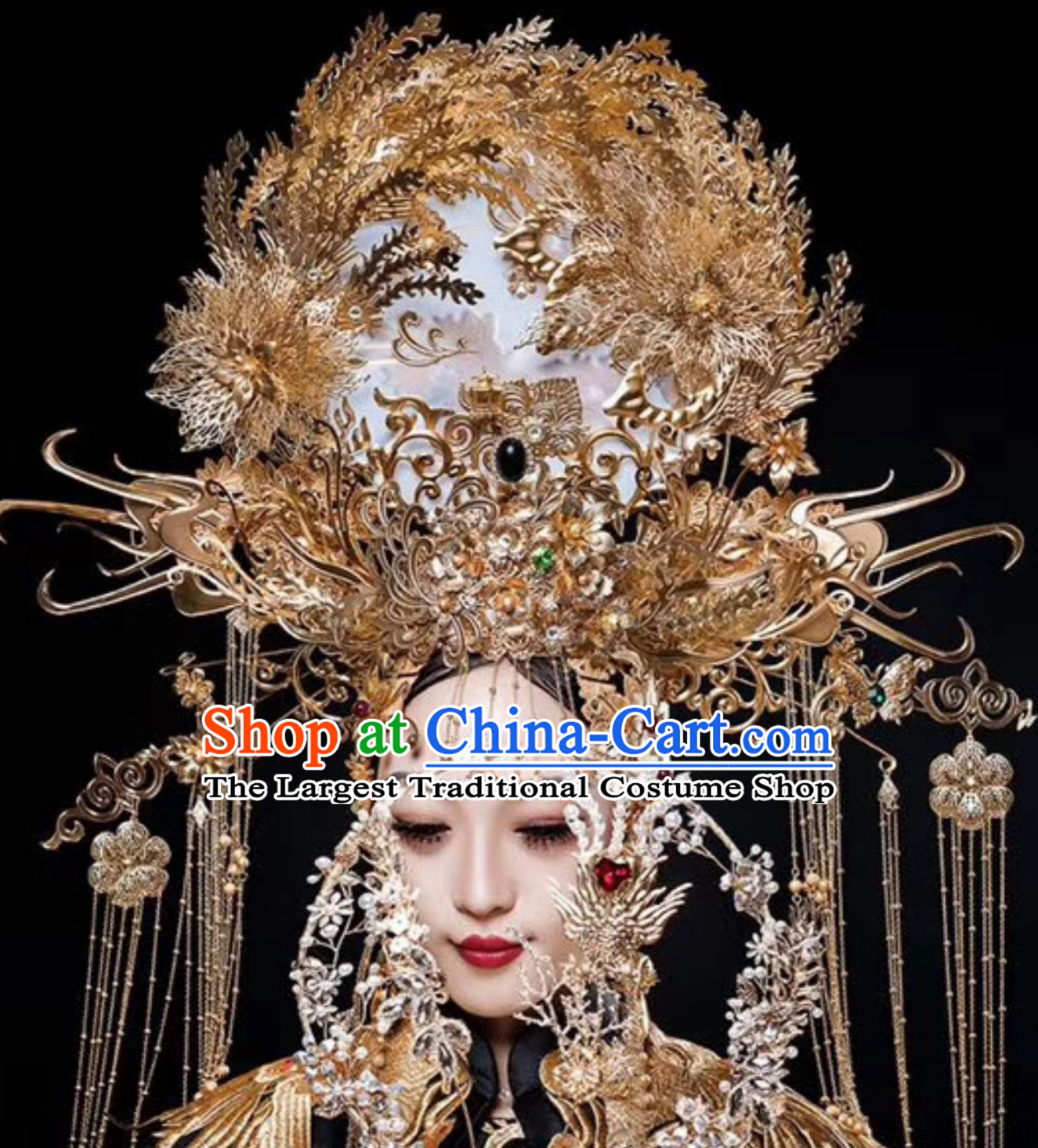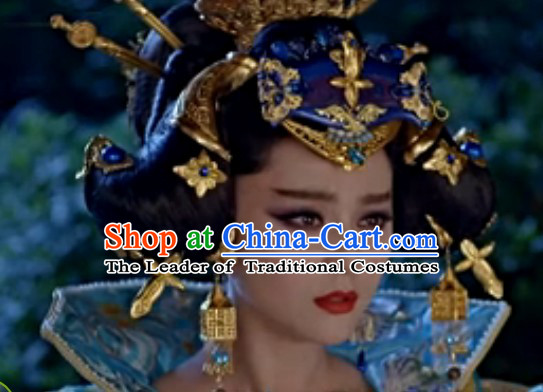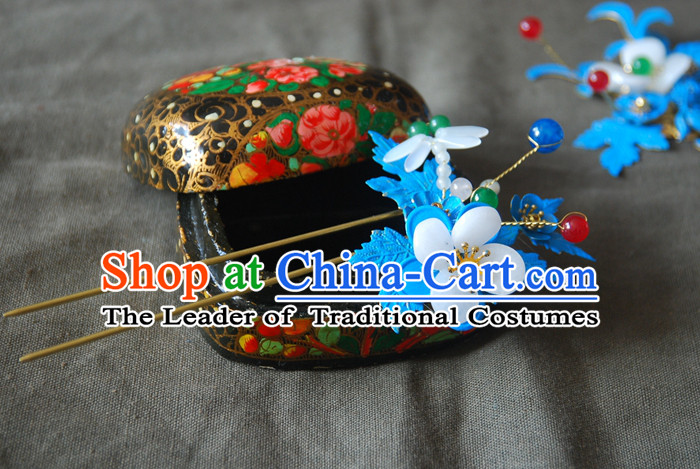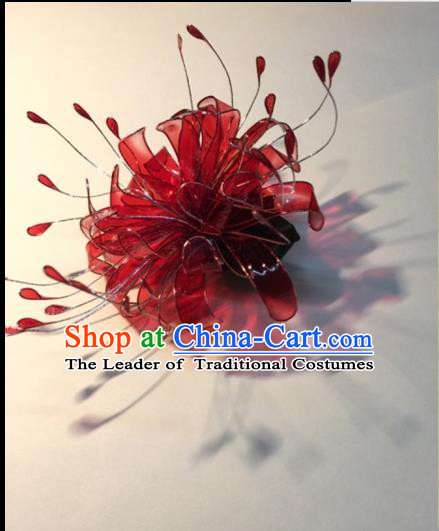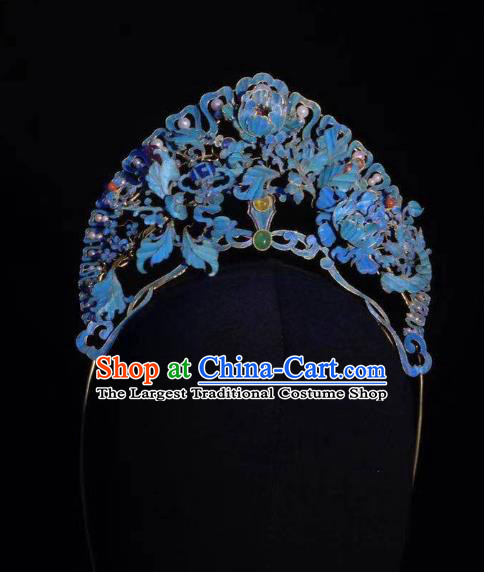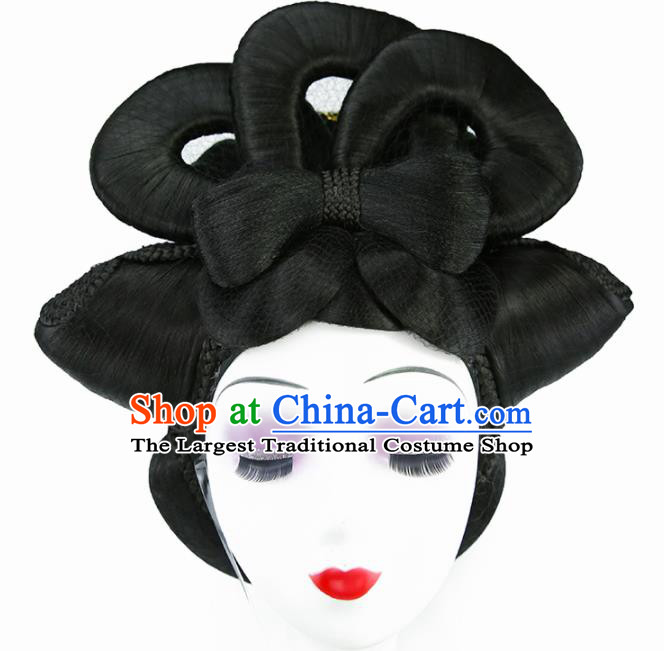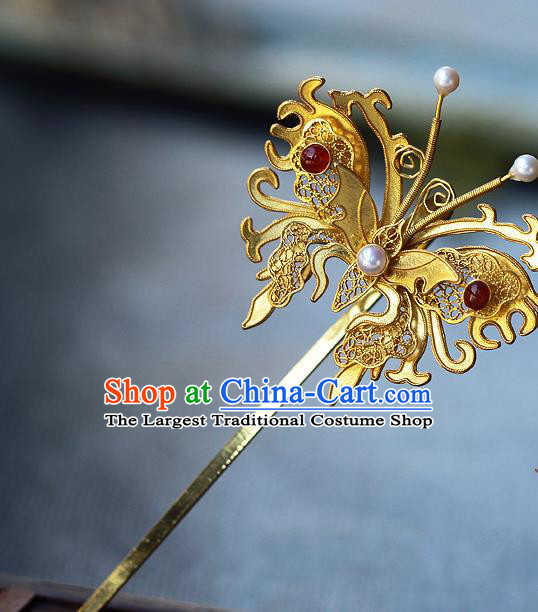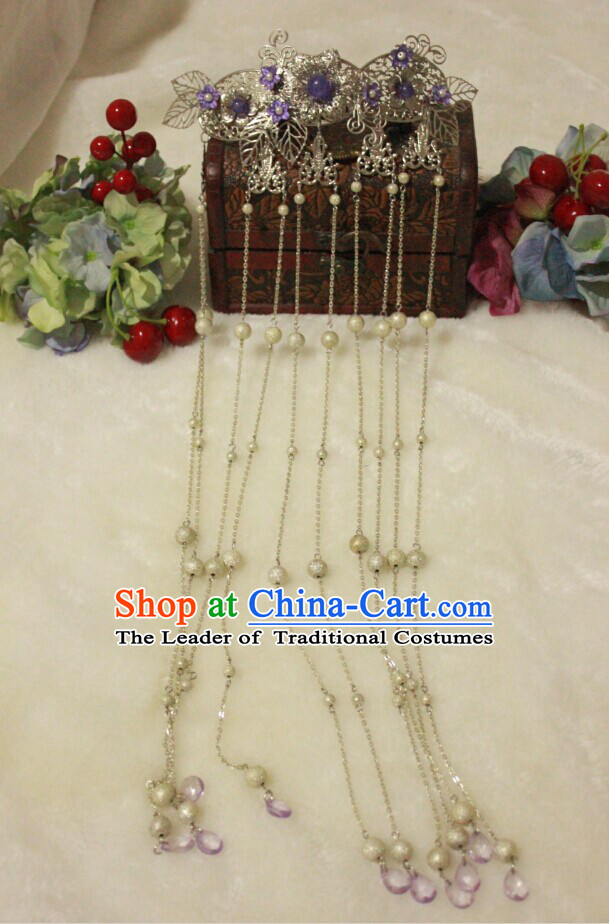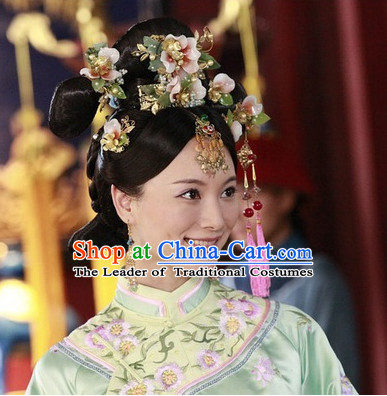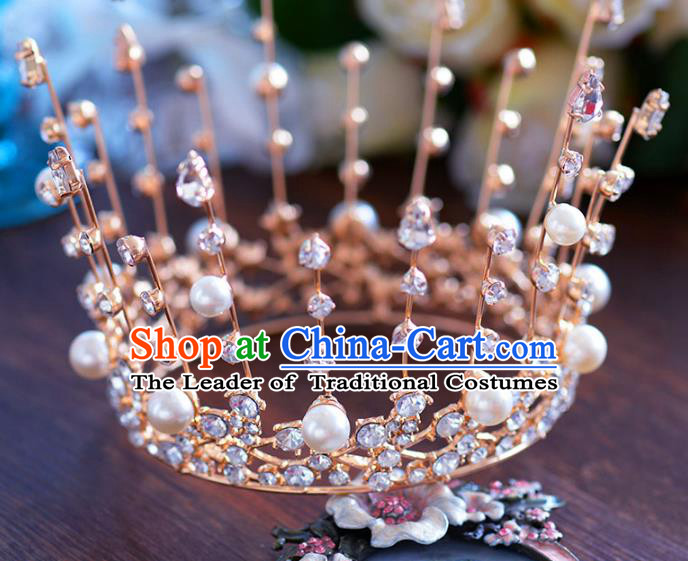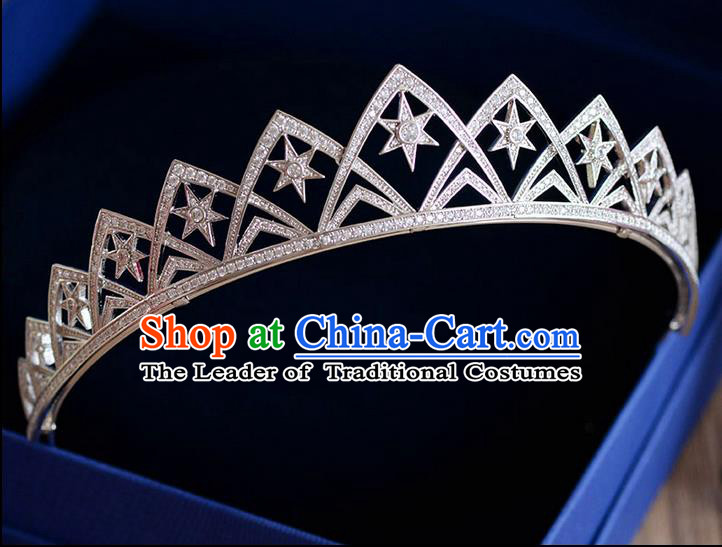
Click Related Pictures for More Audios:
In ancient China, the hair accessories of royal queens were exquisite and unique, showcasing the charm of Chinese ancient culture.
These accessories were usually made of precious materials such as jadeite, pearls, gold, and silver, and were adorned with various gems and beads.
They came in different shapes, including round, oval, rectangular, and triangular.
These hair accessories were not only practical but also highly artistic and historically significant.
In ancient China, the empress was the wife of the emperor and held a very noble position.
Therefore, her hair accessories must reflect the dignity and glory of the imperial family.
These accessories were usually crafted by court artisans who used their superb skills and rich imagination to combine various elements and create one-of-a-kind works.
These hair accessories not only had beautiful appearances but also profound cultural connotations.
They represented a part of ancient Chinese culture and reflected the aesthetic concepts and social values of that time.
In addition to being decorations for the empress, these hair accessories also had symbolic meanings.
For example, jadeite was believed to be auspicious and could bless the empress with safety and happiness; pearls symbolized purity and nobility; gold and silver represented wealth and power.
These symbolic meanings made these hair accessories an important cultural heritage and attracted the attention and study of countless people.
In conclusion, the hair accessories of ancient Chinese royal queens are unique works of art that not only have beautiful appearances and exquisite craftsmanship but also carry rich cultural connotations and historical significance.
By appreciating these accessories, we can better understand the development process and aesthetic concepts of ancient Chinese culture.













